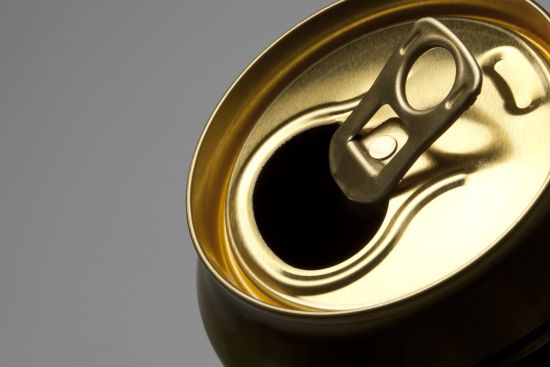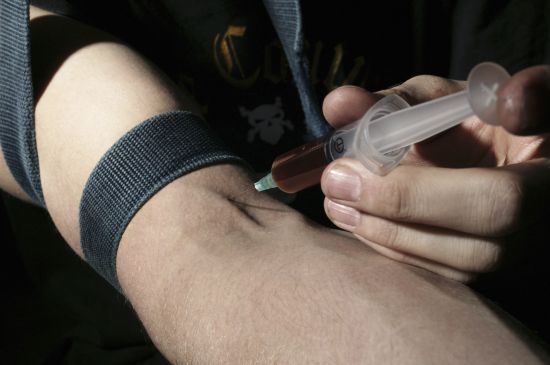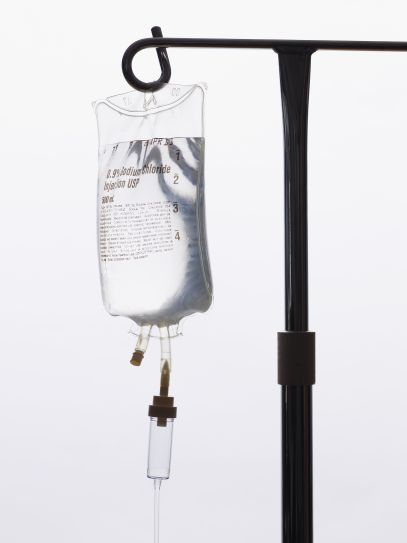
The United States may no longer be the leader in medical research due to lack of funding
Funding for medical research in the United States is in a sorry state, but other parts of the world are experiencing the opposite, according to a new study published Tuesday in the journal JAMA.
Limited funding is one of the reasons there was no Ebola vaccine approved when the current outbreak got so bad and it’s why already hard-to-fund research for infectious diseases and addiction don’t often make it to clinical trials. For decades the U.S. was responsible for over half of the world’s total funding for medical research. But looking at funding for U.S. and international research from 1994 to 2012, the study authors found current trends are telling a different story.
Research funding from the United States dropped from 57% of the global pool in 2004 to 50% in 2012. Asia on the other hand tripled its investment in research over the same period, from $2.6 billion in 2004 to $9.7 billion 2012. America also experienced a drop in its share of life science patients, with its share of highly value patents filed by American inventors dropping from 73% to 59% from 1981 and 2011.
Overall, research funding in the United States has dropped 0.8% every year from 2004 to 2012.
The data shows that globally, most countries are cutting back. But the United States used to have a unique edge when it comes to science innovation and funding.
MORE: 1 Million People Have a Disease You’ve Never Heard of
The researchers argue that the United States needs to start looking for other ways to fund research, whether it be through taxes, tax breaks or the adoption of bonds for biomedical research, in a similar way to how bonds have helped build environmentally sustainable infrastructure. In a corresponding editorial, Dr. Victor J. Dzau, the president of the Institute of Medicine, and Dr. Harvey V. Fineberg, the presidential chair of University of California, San Francisco, say researchers themselves need to be part of the solution too. They write: “It is the responsibility of the research community to ensure that money for research will be used effectively and efficiently. A first step is to reduce redundancy and duplication of research through better grant selection and coordination.”
MORE: Why You’ve Never Heard of the Vaccine for Heroin
Ultimately, if the United States wants to maintain its standing as a leader in medical innovation, it needs to start considering non-traditional approaches to research funding, the authors say. They add that even public support has dropped for biomedical research, being replaced with concerns like domestic security, immigration and the economy, possibly due in part to the fact that in the public eye, there haven’t been many breakthroughs in areas like cancer and Alzheimer’s disease.
“Given global trends, the United States will relinquish its historical innovation lead in the next decade unless such measures are undertaken,” the authors conclude.








